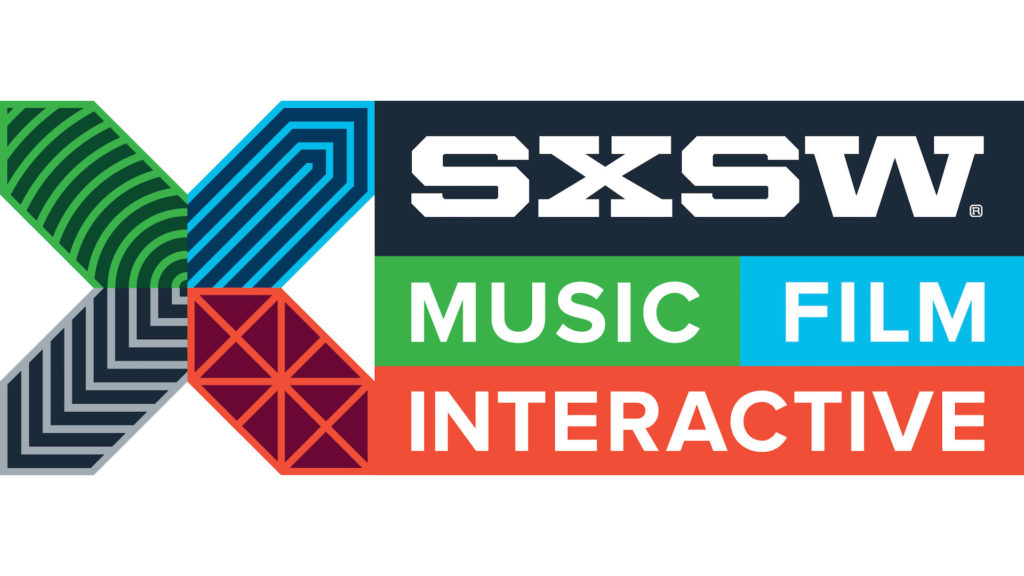The nexus of virtual and augmented reality is one of the most interesting topics at SXSW, and content creators are currently exploring the new tools. Augmented reality (“AR”) like Google Glass and Microsoft HoloLens, is a way of transmitting digital content into the real world. Virtual reality (“VR”), as used by Oculus and Samsung, is completely immersive. Both can create great, consumable content, but in the coming years, brand will need to understand and execute on the best use cases for each. For instance, DAQRI, an augmented reality developer working in industrial and enterprise-grade solutions, believes that the enclosed environment of virtual reality is best suited toward immersive experiences, while augmented reality is best when needing to interface with the world around the audience.
But it’s not just brands who are interested in AR and VR; consumers are becoming more active in the space as well. Video multi-channel network Machinima is attempting to bridge the gap between user-generated content and the new space. “You can’t create a medium with a lot of content if 1% of the population has the tools to do so,” admitted Machinima CEO Allen DeBevoise. Brands may be able to pay for expensive and beautiful VR content, but if the public can’t create its own, there may be a small audience.
